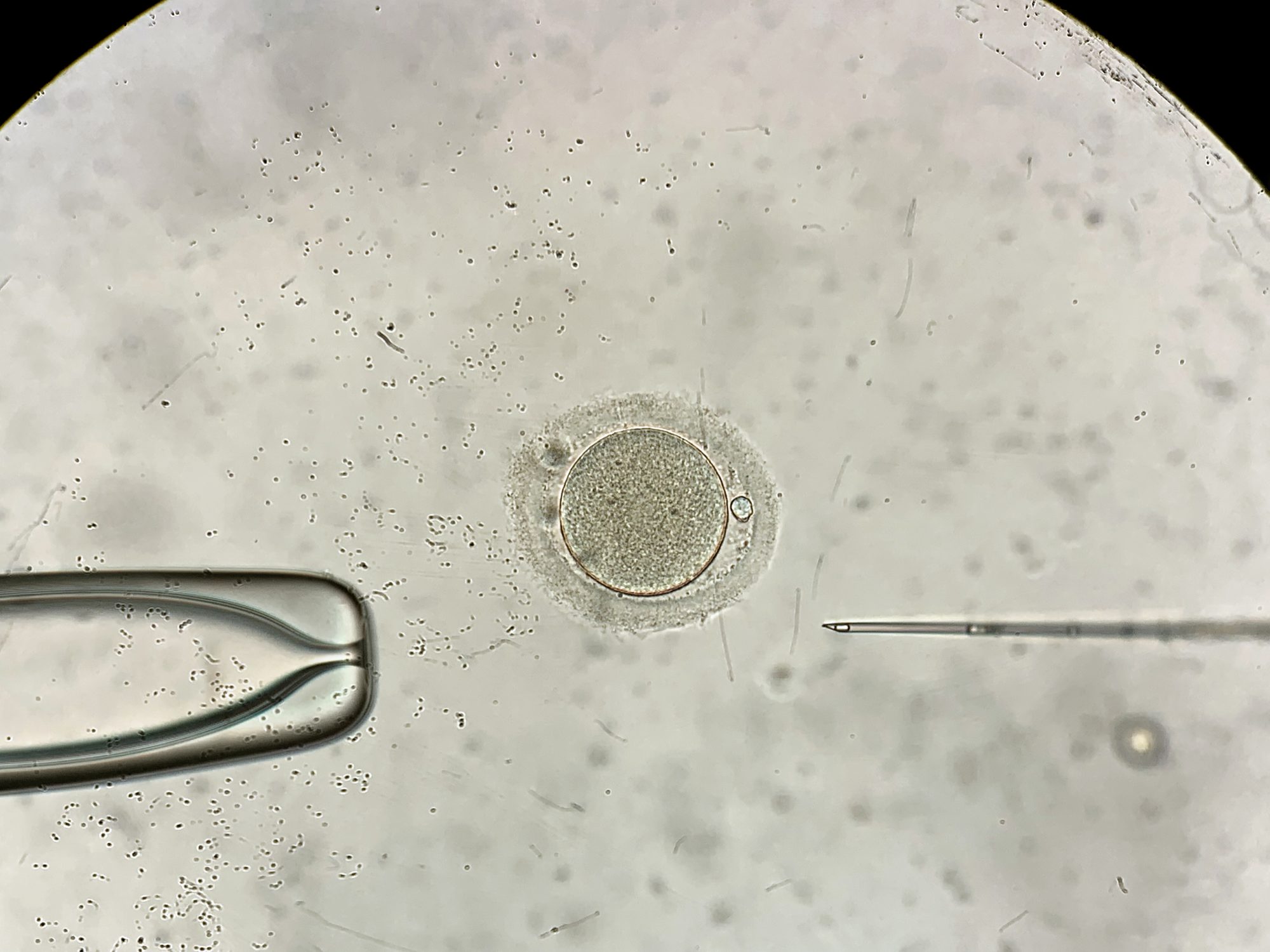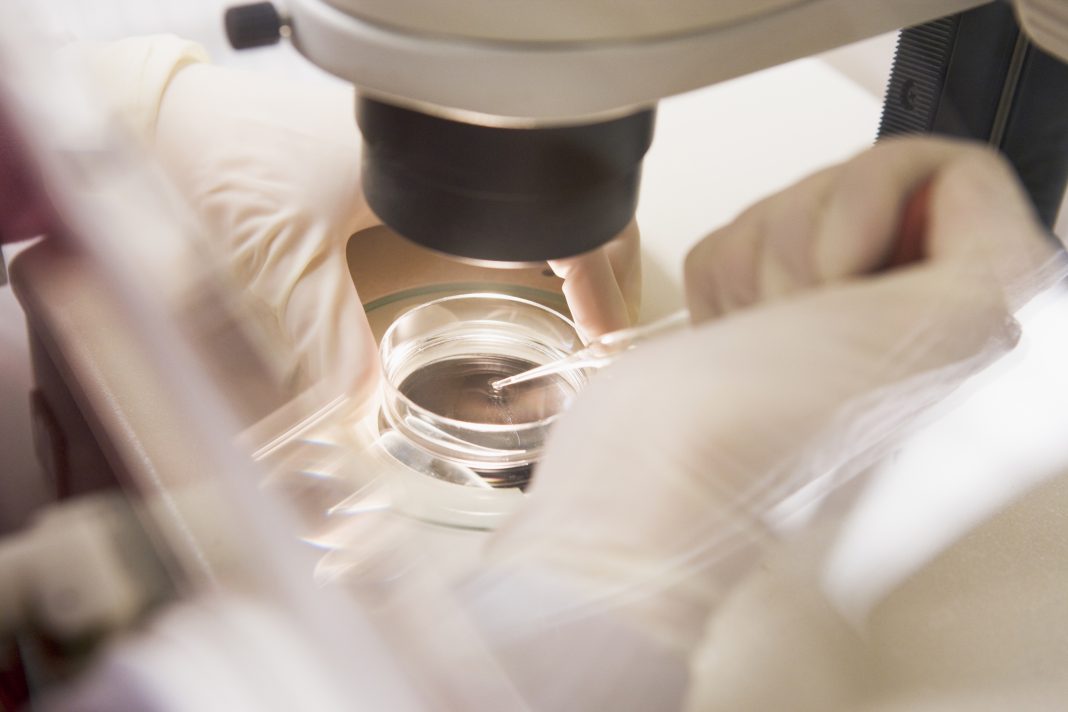Researchers find that IVF failure is commonly due to spontaneous errors in the early phases of cell division which causes so many human embryos to fail to develop
Fertilised eggs do not always have guaranteed reproductive success, and so IVF failure has been a common medical error amongst women for some time.
But why do most embryos stop developing and perish within days of fertilization? Researchers entail that this is usually because they have an abnormal number of chromosomes, and now, that a huge portion of these mistakes are due to spontaneous errors in DNA replication in the earliest phase of cell division.
Researchers at Columbia University Vagelos College of Physicians and Surgeons are providing new insights into IVF failure through the basic biology of human reproduction, which could lead to improvements in the success rate of in vitro fertilization (IVF).
What is the process of IVF treatment?
The process of cell division begins 24 hours after a human egg is fertilised.
During cell division, the entire genome – which are 46 chromosomes containing more than 3 billion base pairs of DNA – must be faithfully duplicated.
The duplicate sets of chromosomes are then separated so that each daughter cell receives a complete set.
In many human embryos created for IVF, something goes wrong and some cells within the embryo have too few or too many chromosomes. It has been theorised that errors occur during the final phase of cell division when the duplicate sets of chromosomes separate into two identical daughter cells.
Most of these failures were attributed to issues with the microtubule spindle, the apparatus that pulls the two sets of chromosomes apart.
However, recent research by the Columbia team demonstrates that chromosomal abnormalities stem from errors that occur much earlier in the process of cell division when the genome’s DNA is duplicated.
If the DNA is not copied precisely then the spindle malfunctions and places the wrong number of chromosomes into each daughter cell.
Duplicating the genome is a challenging task for the early embryo
Study leader Dieter Egli, PhD, Columbia University, said: “Duplicating the genome is a challenging task for the early embryo.”
When DNA duplication is abnormal, the spindle does not function normally. Egli continued: “This has largely been overlooked in previous studies — because why would the embryo allow the integrity of the genome to be compromised when this is such a critical requirement for normal development?”

DNA duplication and its flaws
The studies were conducted with embryos created in a petri dish from individuals undergoing IVF and egg donors who were not seeking fertility treatment. However, the same problems could contribute to the failure of embryos created in natural human reproduction.
Many women undergoing fertility treatment require multiple IVF cycles in order to get pregnant, and some never get pregnant at all
Though the precise reason for these obstacles is not yet known, the source of DNA copying errors in embryos appears to spring from obstacles within the DNA’s double helix. They cause duplication of the DNA to pause, or even stop, which results in DNA breakage and an abnormal number of chromosomes.
These random DNA errors can occur as early as the first cycle of cell division in human embryos, as well as in subsequent cell divisions.
If too many cells in the early embryo are affected by chromosomal abnormalities, the embryo cannot develop further.
Most human embryos created for IVF stop developing within days after fertilisation, as this inefficiency of human development continues to be fuelling IVF failure for many women.
Jenna Turocy, MD, a fertility specialist at Columbia University Fertility Center, says: “Many women undergoing fertility treatment require multiple IVF cycles in order to get pregnant, and some never get pregnant at all. Not only is this enormously expensive, it’s emotionally taxing.”












